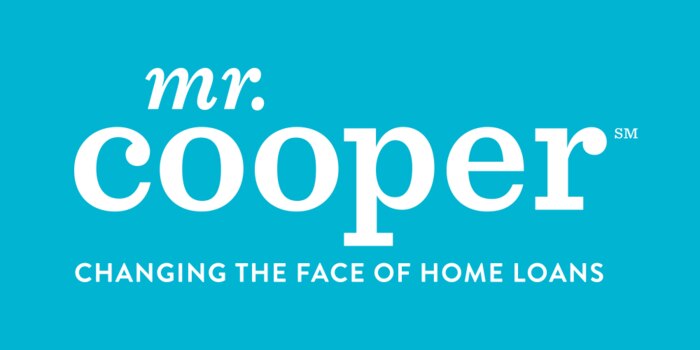A share premium account, also known as an extra paid-in account, is a component of a company's equity that appears on the balance sheet as part of the equity owned by shareholders. The premium paid over the share's subscription price is recorded in the share premium account. The term "premium issuance" refers to a situation in which the consideration received for released shares is more than the base price of the shares. The premium is determined by subtracting the stock issue price from the par worth of the shares being sold.
Comprehending the Premium Share Account
The premium paid for newly issued shares of stock is the sum of the share price plus the par value. In this example, Xyz Company has distributed 300 shares of stock. The par worth, or Value assigned to each share, is $10, yet the corporation has really received $15 in exchange for each share. That's why we call it "equity capital," and it amounts to $4,500 for the business. Only $3,000 of the total $4,500 is actual share capital. The other $1,500 comes from a "share premium," or money produced from shareholders in exchange for their ownership stake in the firm. $1,500 is in the corporation's share premium account.
Equipoise of a Premium Share Account
1. Issue Price
The issue price is the cost a corporation issues its stock to the public. Shares may be sold by a firm at the offer price, at a markdown, or as a bonus to the face price.
2. Face Value
Shares are first issued at a price called face value. In the context of financial institutions, the terms "par value" and "face value" mean the same thing. Corporations are prohibited by law from selling their shares for less than their face value which each stockholder is required to pay at a bare minimum to own a single share of the company. The Value of a share is equivalent to its face amount for calculating dividends and other shareholder benefits.
Functioning Of a Premium Share Account
If the corporation makes fresh shares available for subscription at the going market price, the amount in a share premium account is likely to vary. The money in a company's reserve account may only be used for the reasons set out in the bylaws or other governing instruments. For instance, the firm can't pay out dividends from the account or deduct the sum from the losses it's taking. Instead, the share premium account may be used to reimburse the company for underwriting costs, discounts granted, share issuance commissions, and other similar costs spent throughout the equity financing process. In addition, the account may be used to pay dividends to shareholders, make premium payments on debt securities, or issue bonus stock.
Premium Shares: An Accountancy Perspective

Any time a corporation sells shares to the general public, whether to finance a new venture or as part of an initial public offering (IPO), the premium paid for those shares is recorded. The effect is felt in the books. The share premium account is unaffected by intra-shareholder transactions, whether they take place publicly or privately. One element of shareholders' equity on a balance sheet is the premium paid per share. Retained profits are the other major factor. Companies often employ retained profits for things like paying off debt, funding an expansion, or R&D. If the company has made a net loss every year it has been in business, the retained earnings could go down.
When compiling a list of things to be included in the shareholder's equity part of accounting records, the account representing the common comes first on the list, trailed by the account representing the share premium. Additional items such as treasury shares earned compensation, and certain other comprehensive income are also listed here.
Advantages
1. Doesn't Take Away From Shareholders' Rights.
By paying a premium for shares, a corporation may raise capital without reducing existing shareholders' voting power. The risk of individual shareholders increasing their stake in the company would be mitigated by this method, making it preferable to issuing new shares for public subscription.
2. Lower Capital Costs
There are no extra administrative charges for a firm when selling shares at a premium. Fees above those already expended while raising the authorized share capital will not be assessed for the extra capital generated via a share premium.
Share Premium Account Restrictions
Restricted Access
The monies in the reserve account for share premiums are restricted from being utilized for other purposes. A share premium account may only be used to cover equity-raising charges or underwriting charges, as per the firm's bylaws.
Are Shares Always Priced Over Par?
No, IPOs in the 19th century were always offered at par. Historically, only offerings from the 1920s gave foundation to a share premium, which was considered as a gift by newer shareholders to the previous owners' cumulative retained profits.
Is There A Reason Why The Share Price Is Rising?

The contemporary practice of issuing shares having high share premiums & low nominal (par) prices was created as a means of avoiding taxes in the 1920s. Although this loophole was closed back in 1973, the financial structure has stayed the same.
watch next


